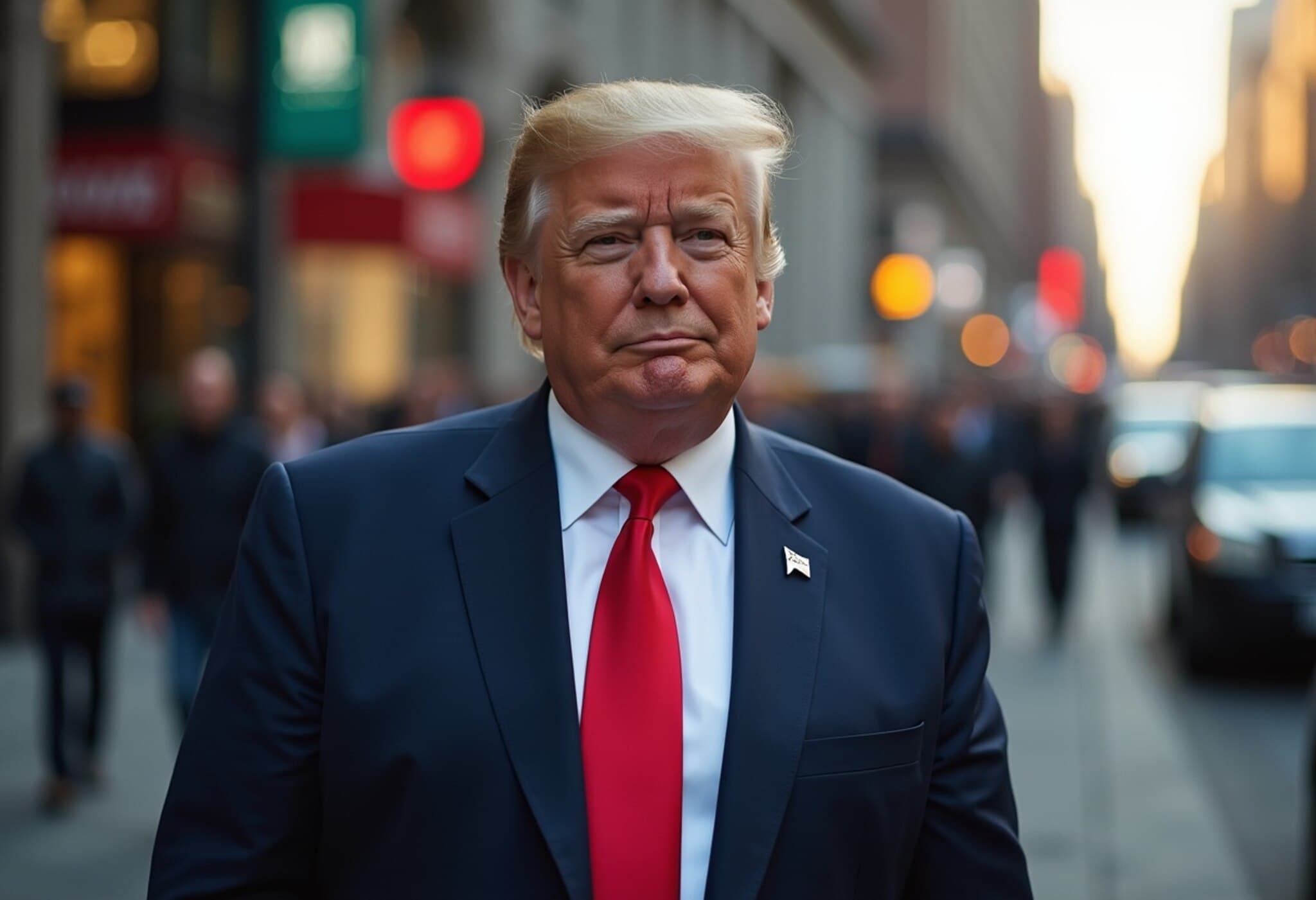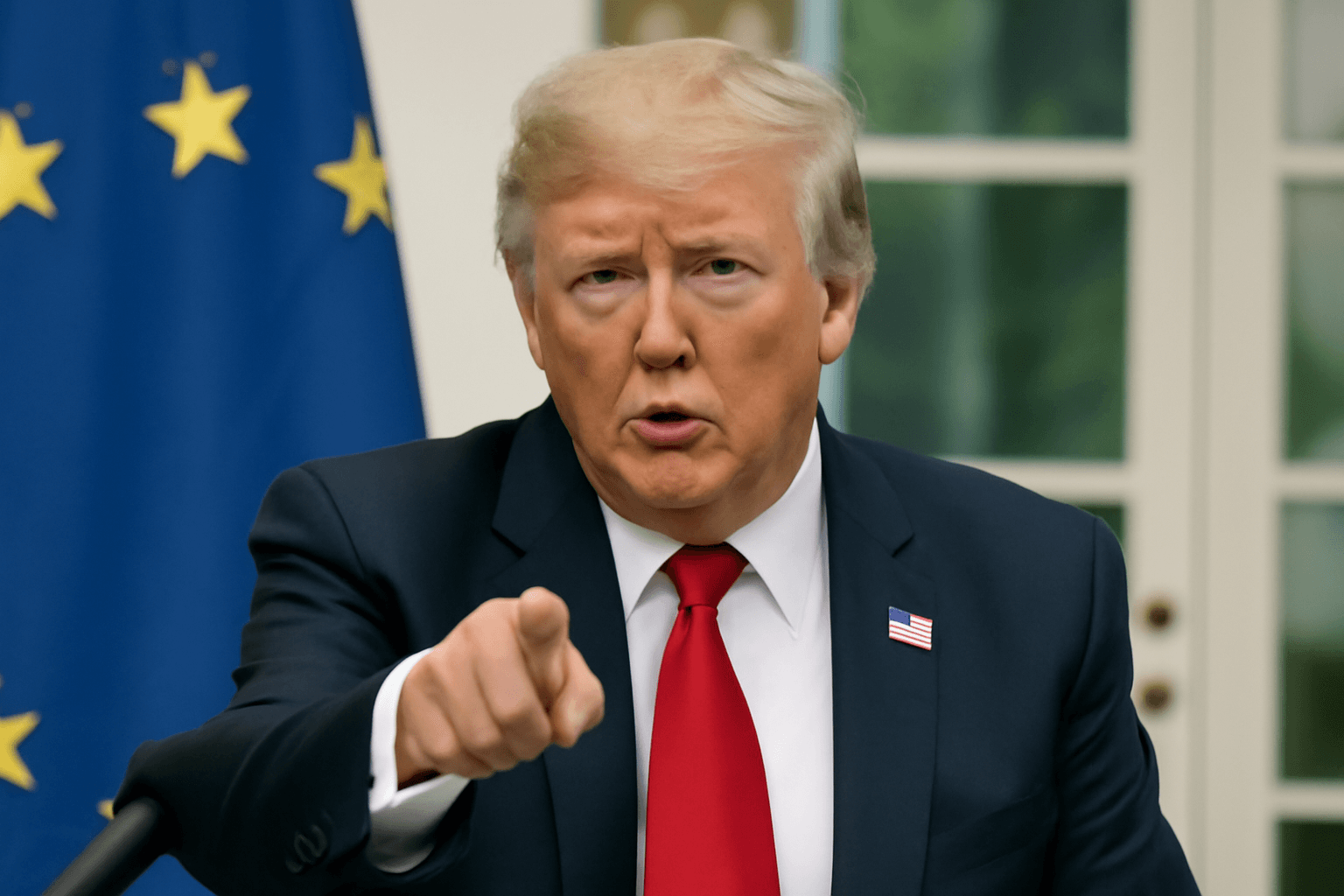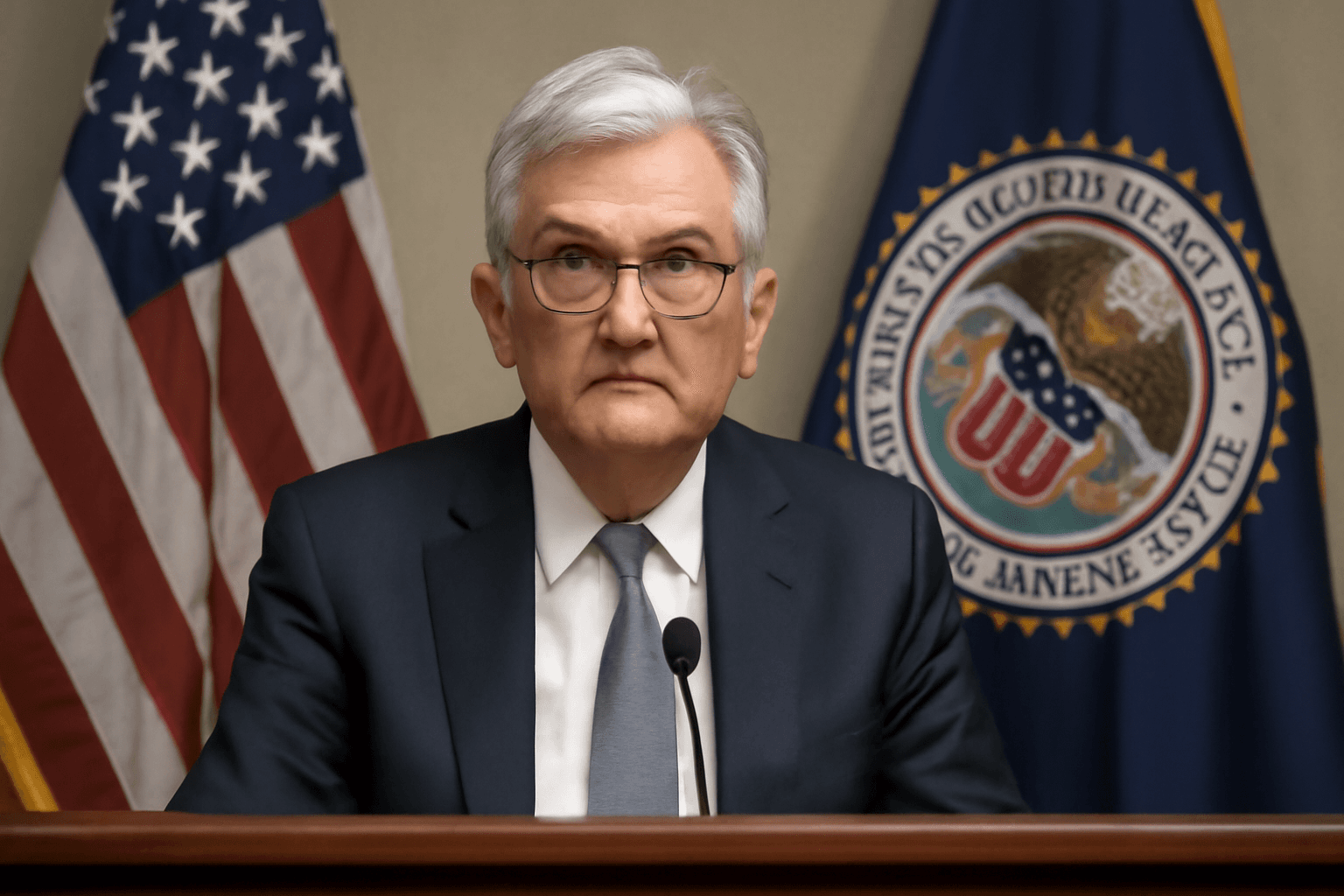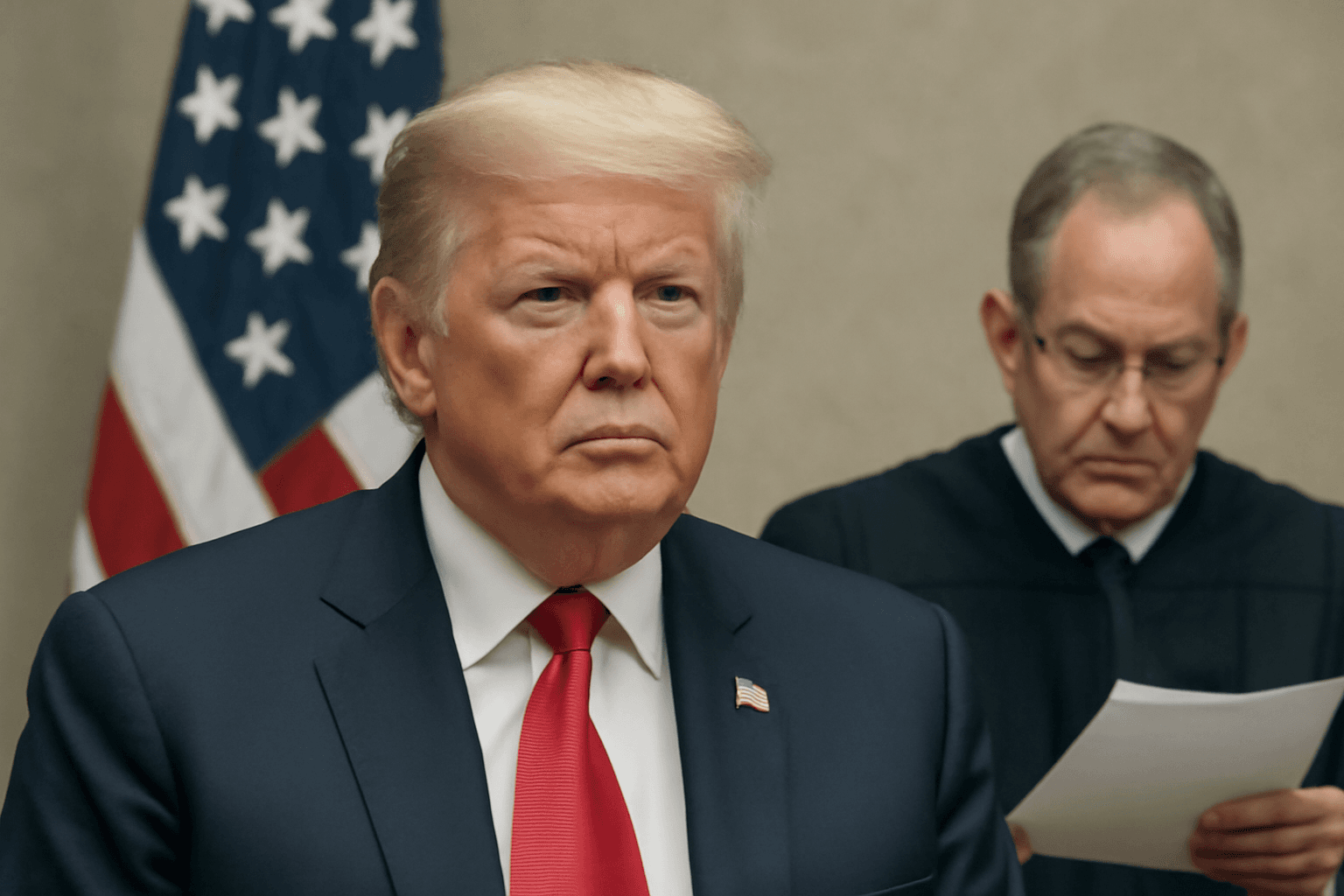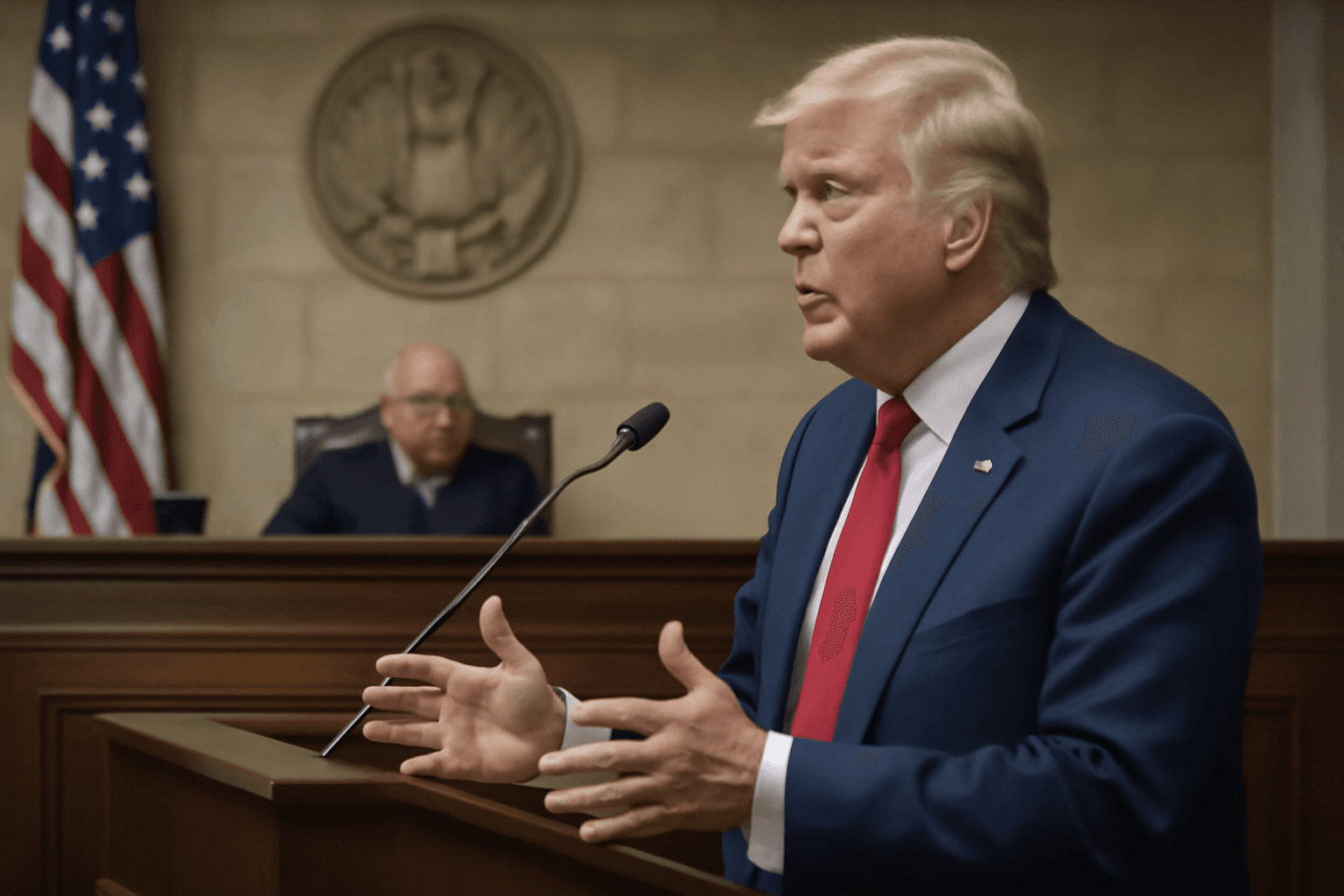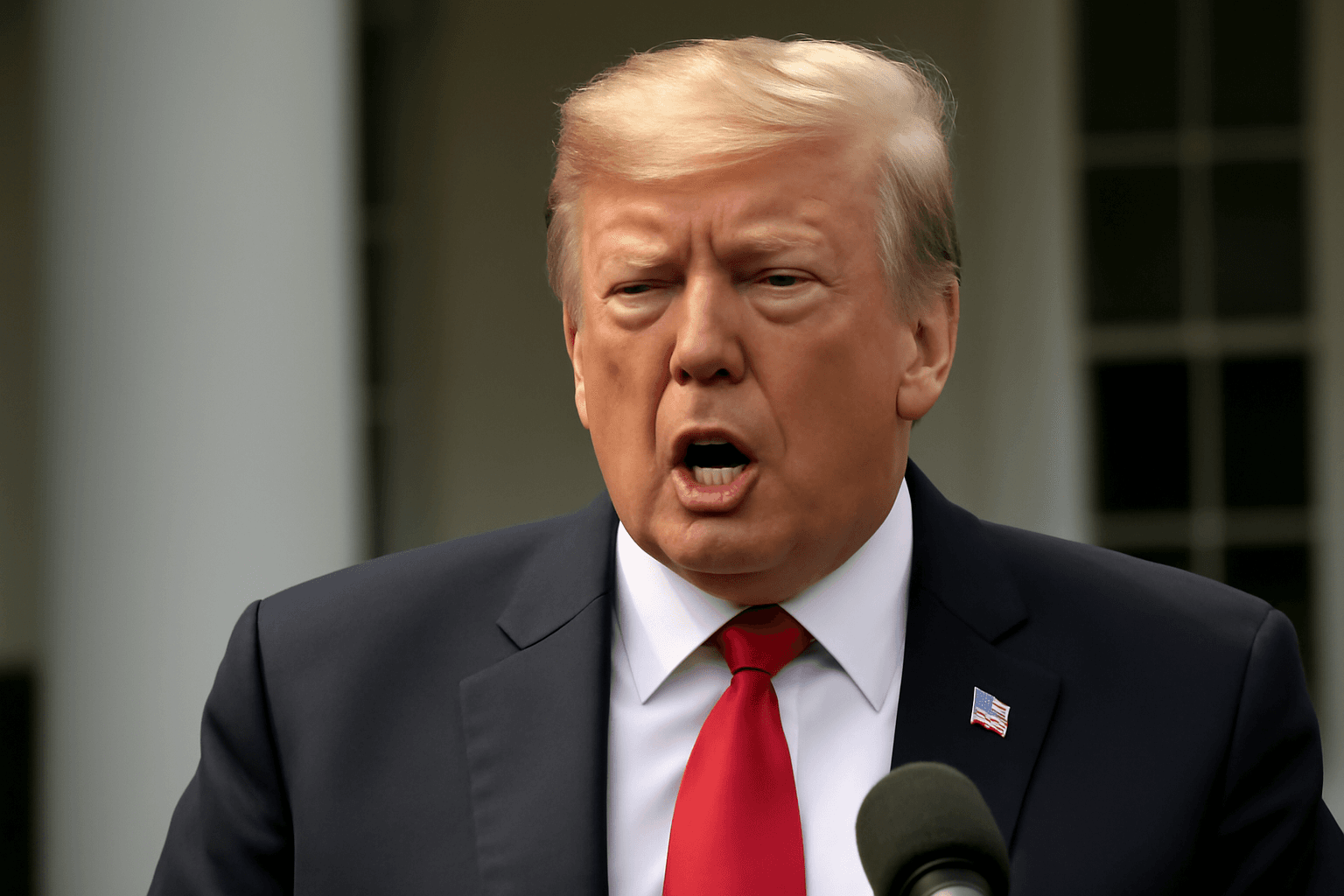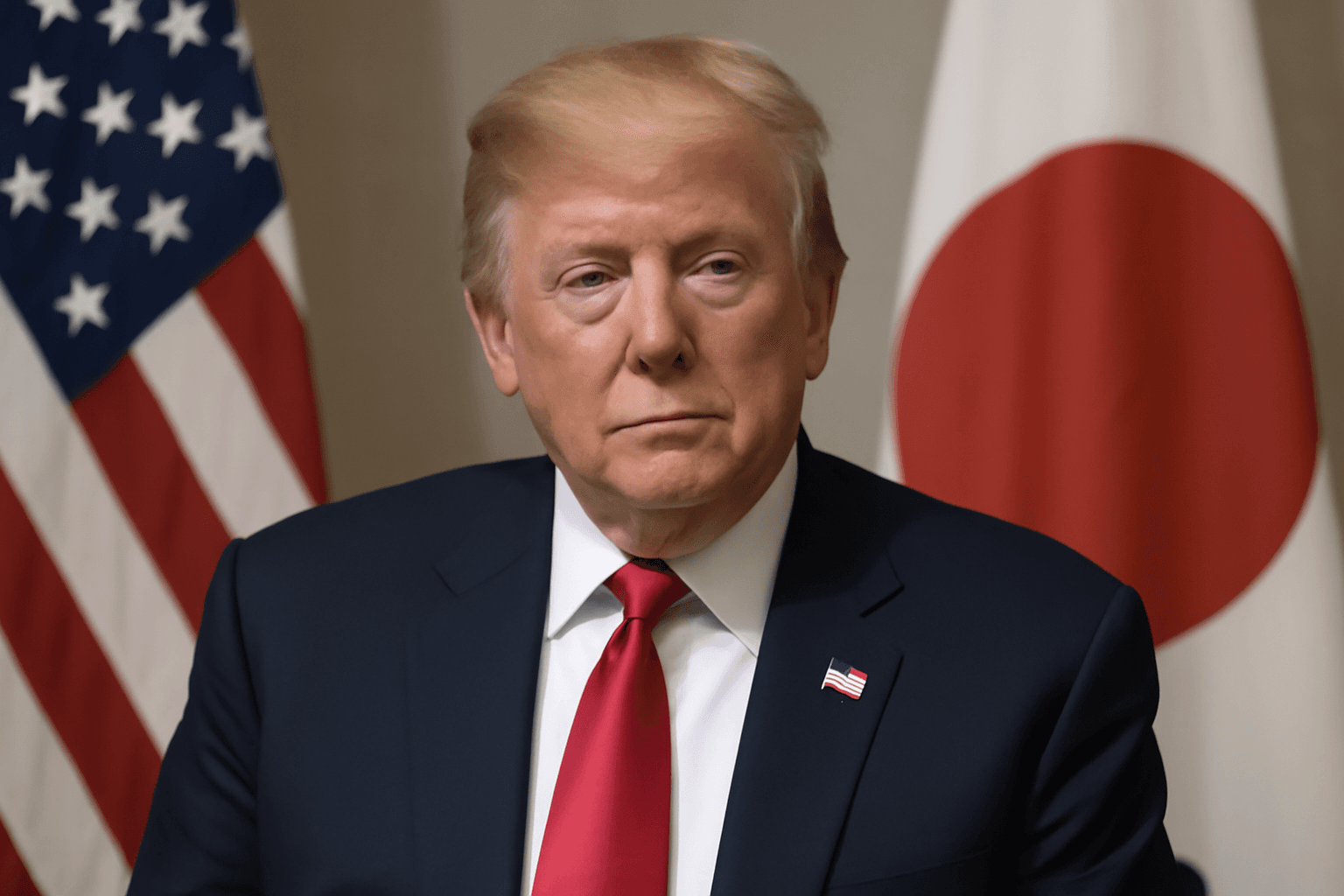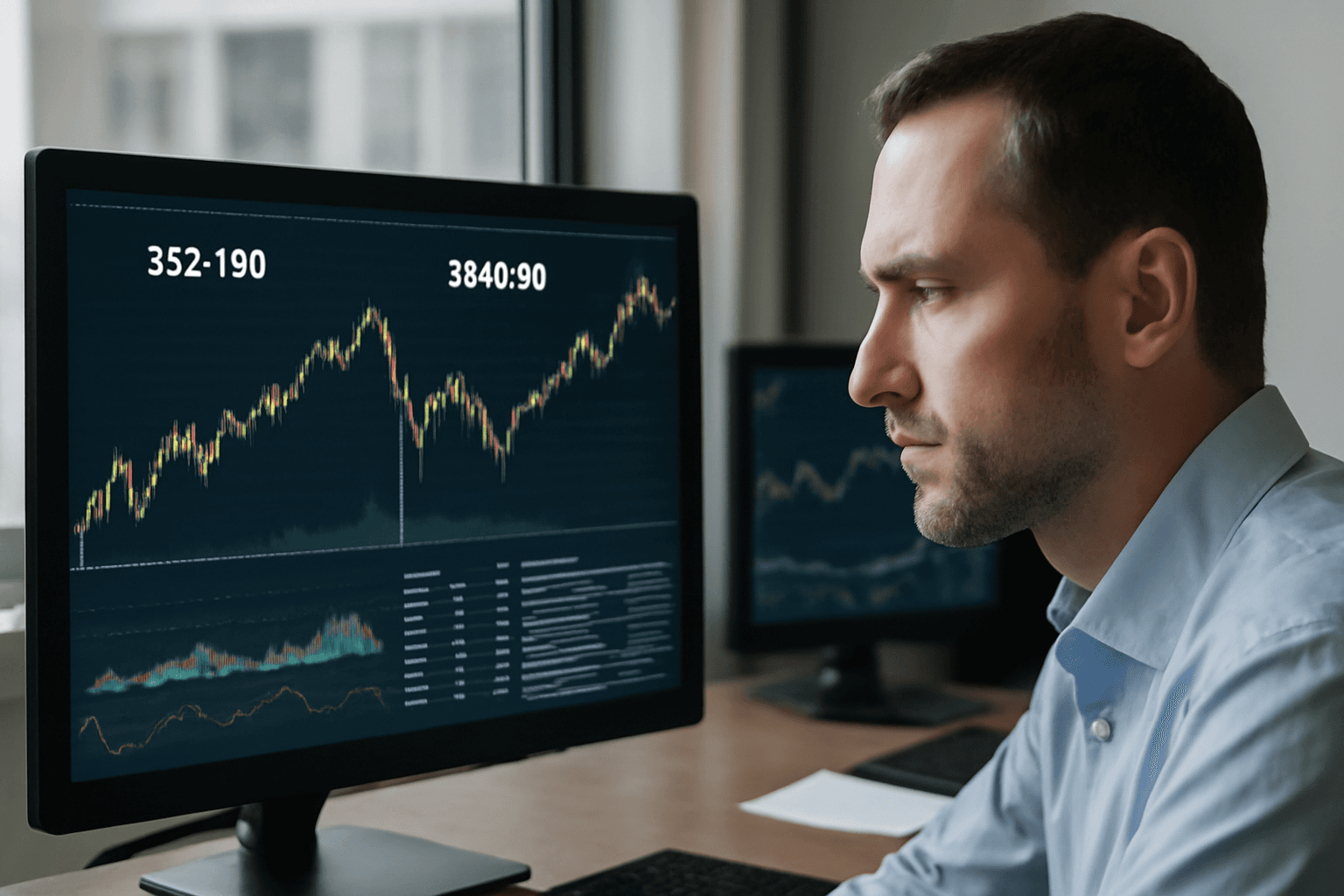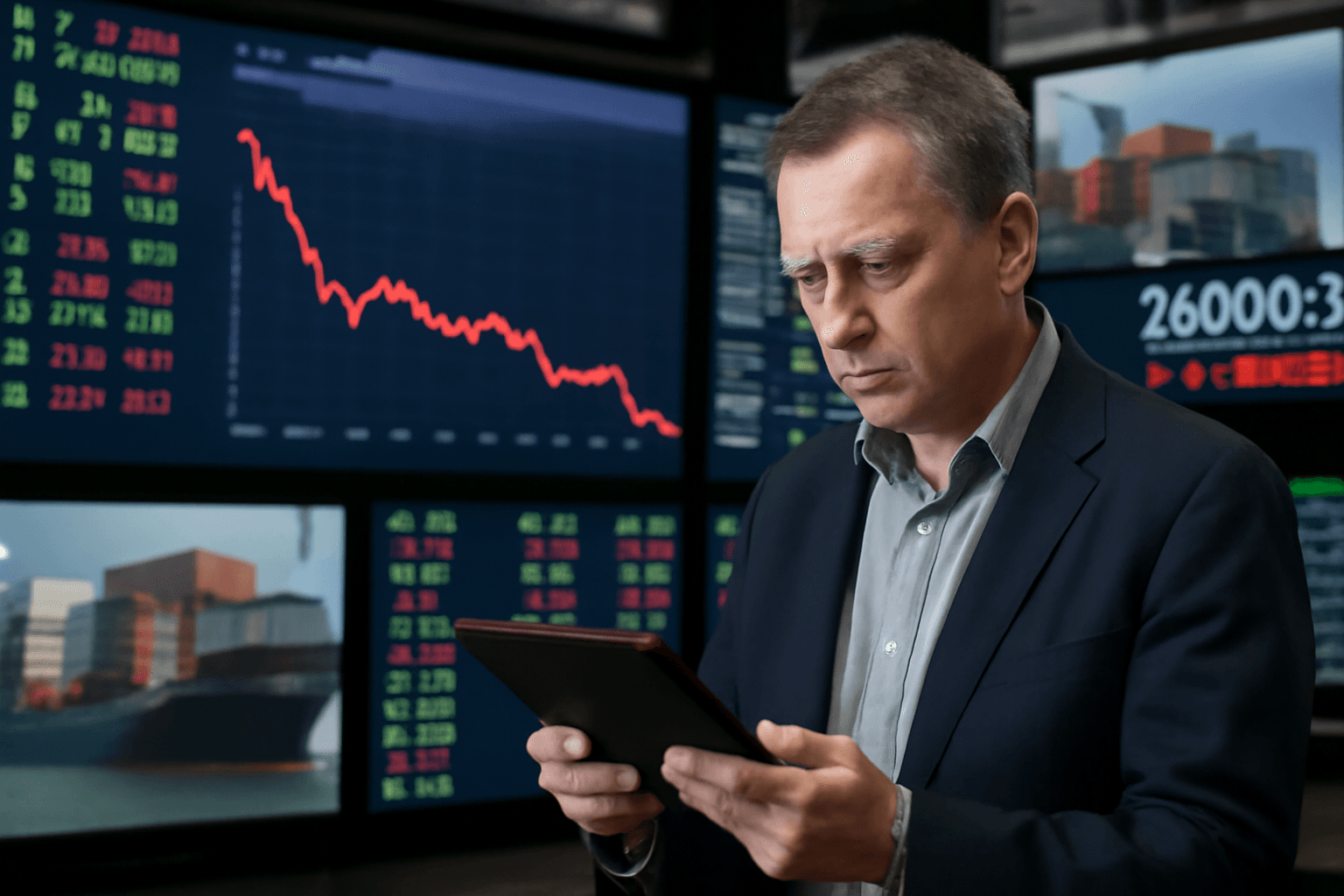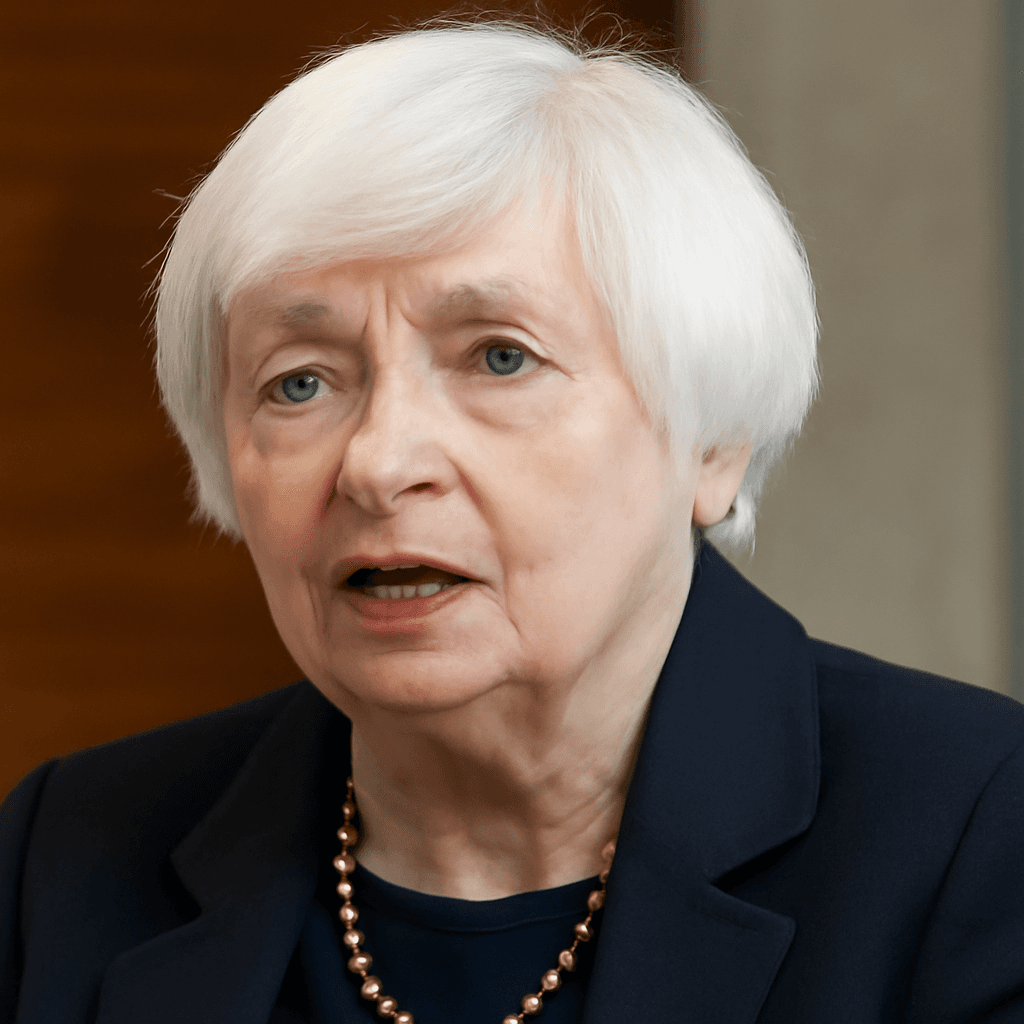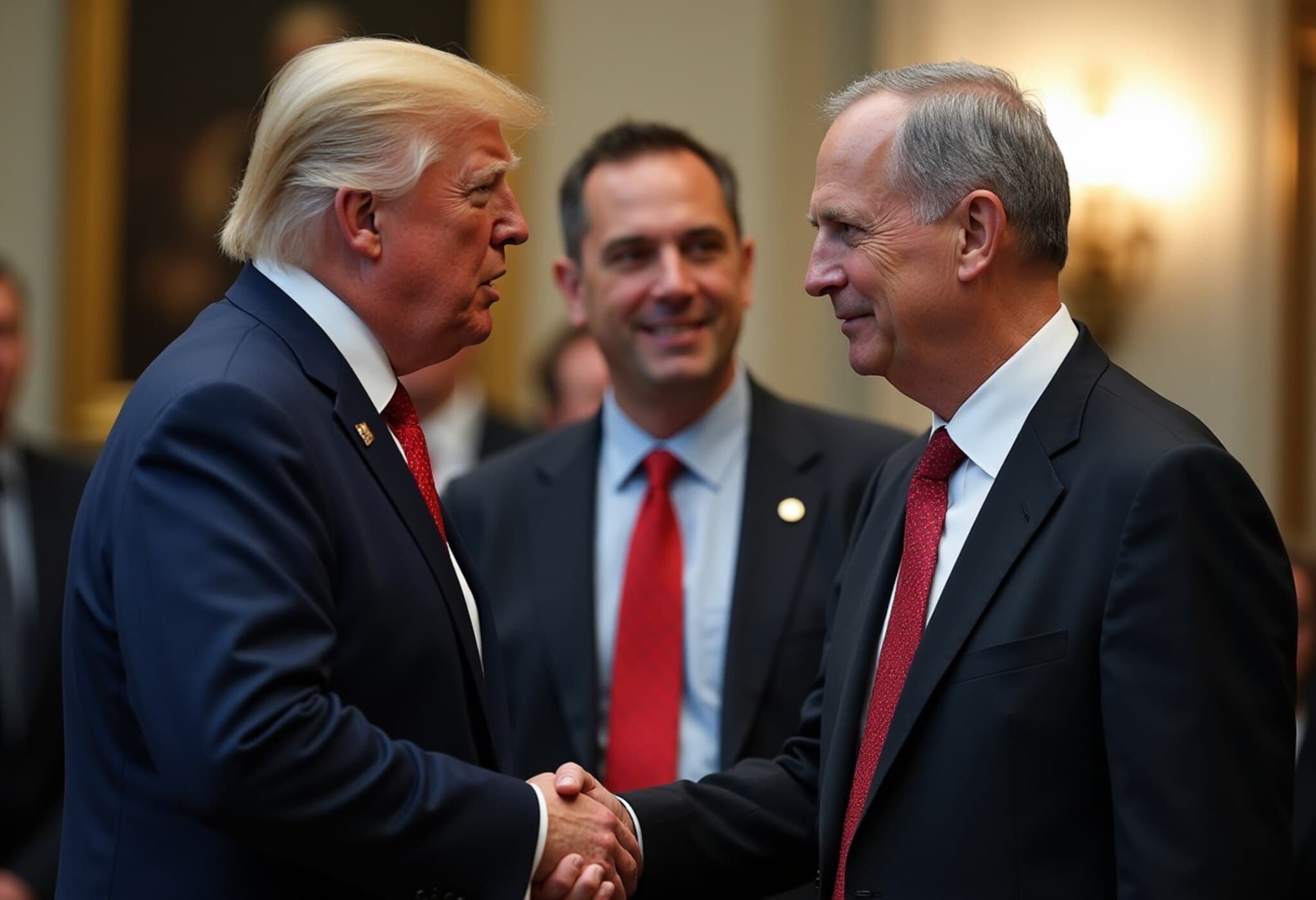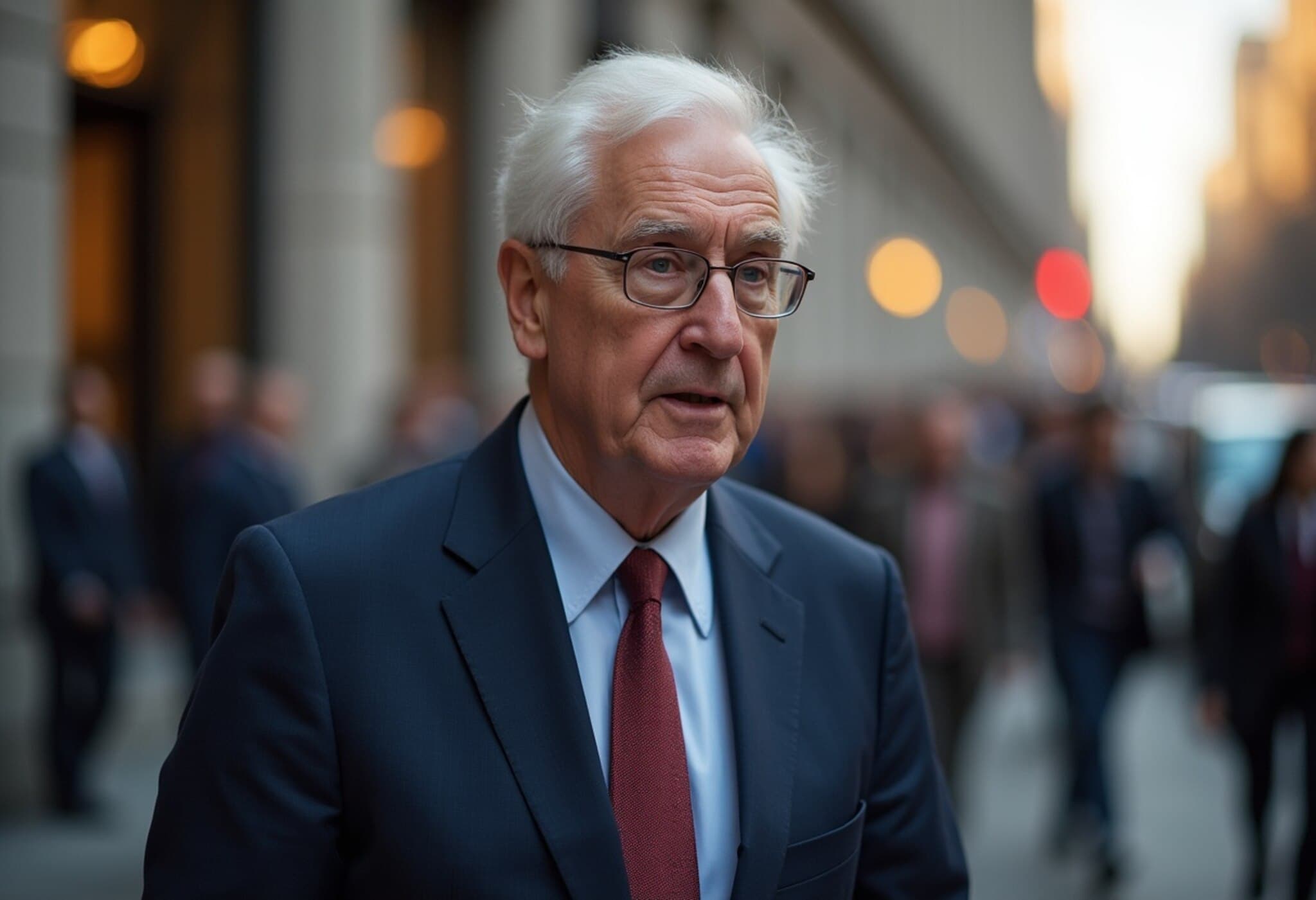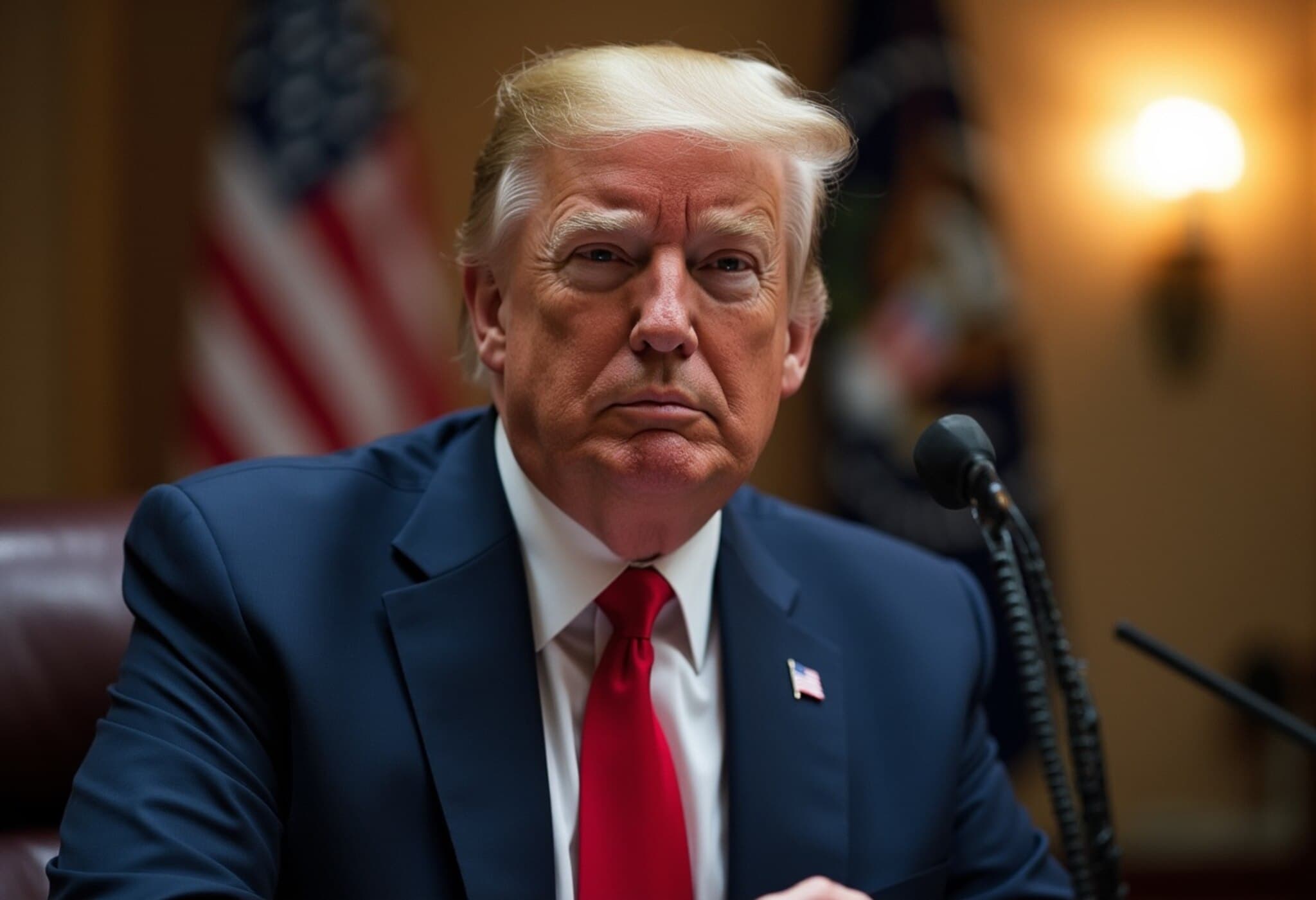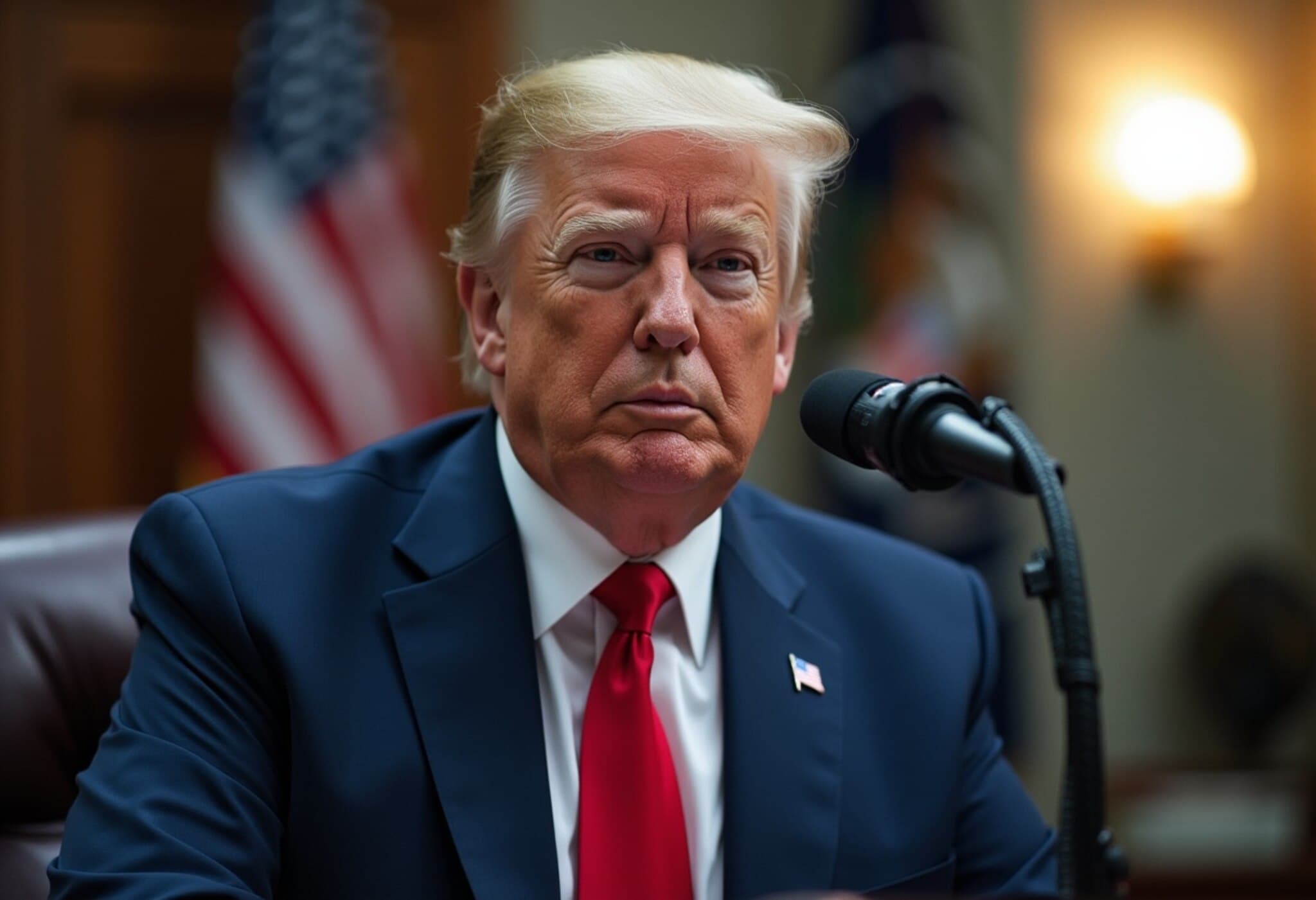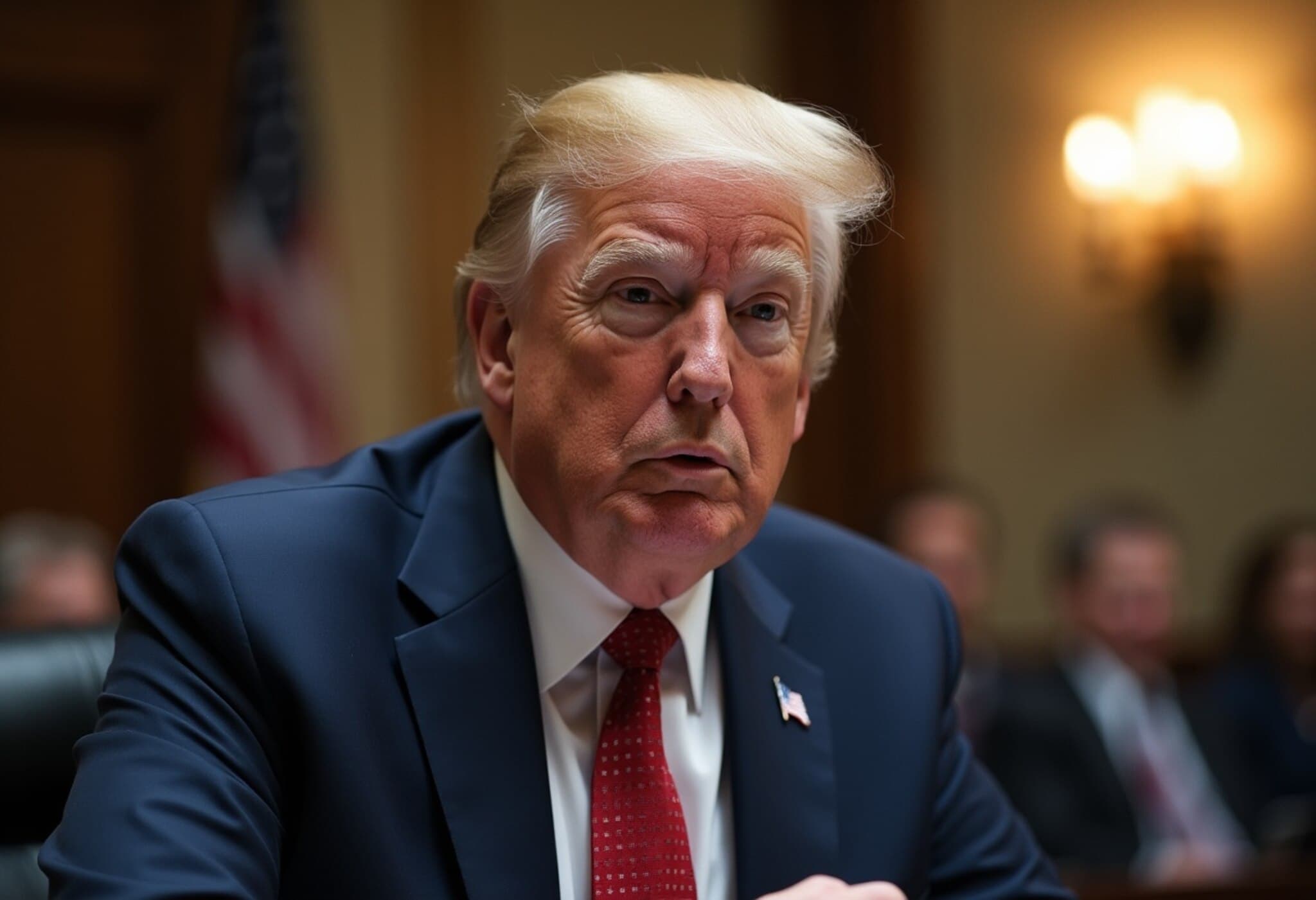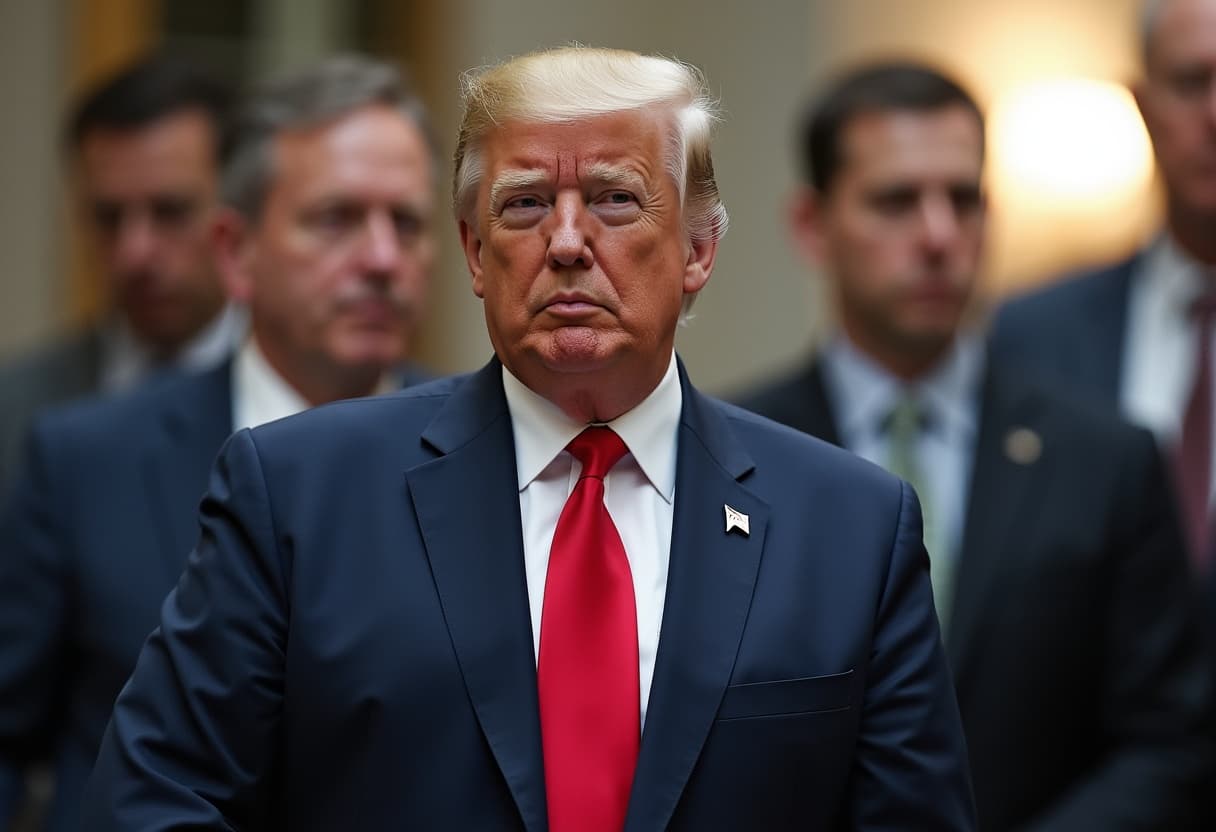Tariff-Driven Inflation: Experts Say It’s Just Around the Corner
In a spirited exchange that highlights the ongoing debate over the economic impact of tariffs, former U.S. President Donald Trump recently dismissed warnings from Goldman Sachs and other Wall Street economists that increased tariffs will soon translate into higher consumer prices. Trump derided Goldman Sachs CEO David Solomon, known both as a financial leader and a night club DJ, suggesting he "get a new economist" instead of talking about inflation risks tied to tariffs.
Yet, the data and expert forecasts present a more sobering picture. Goldman Sachs economist David Mericle recently detailed a projection that consumers could bear nearly two-thirds of the cost from the latest tariffs imposed as early as fall. This aligns with similar warnings from other key economic voices such as Brian Rose and Michael Feroli from J.P. Morgan, who note that tariffs could add between 1% to 1.5% to core inflation figures—some of which is already reflected in retail prices.
Why This Matters for American Consumers and Policymakers
While the claim that tariffs don’t cause inflation has been a staple talking point from certain policymakers, the consensus among economists points toward a delayed but inevitable impact. Historically, tariffs act as hidden taxes on imports, which eventually push up prices across numerous sectors—from household goods to manufacturing inputs. The recent trade policies, combined with global supply chain uncertainties, set the stage for inflationary pressures that could complicate the Federal Reserve’s ongoing efforts to tame price growth.
Feds, Politics, and Market Movements: What’s Next?
In the midst of this tariff inflation debate, attention also turns to who will steer the U.S. Federal Reserve’s monetary policy going forward. President Biden reportedly is evaluating a diversified shortlist of eleven candidates for Fed chair, including notable Federal Reserve officials, a former Bush administration economic adviser, and influential market strategists such as David Zervos and Rick Rieder. Given the sensitive economic balancing act required, the Fed chair appointment will be critical in shaping both inflation policy and financial market stability.
Stock Markets Hit New Highs as Investors Digest Mixed Signals
U.S. equity markets continue to show resilience, with major indexes hitting new record highs amidst the inflation chatter. The S&P 500 and Dow Jones Industrial Average both climbed, signaling investor optimism on growth despite inflation concerns. Notably, the tech sector experienced significant gains, with specific stocks surging sharply, reflecting a complex interplay of investor sentiment amid global uncertainties.
Additional Market Developments and Global Perspectives
- xAI’s Co-Founder Departure: Igor Babuschkin, co-founder of Elon Musk’s AI venture xAI, announced his exit to focus on AI safety and startup investments. Musk publicly expressed gratitude, underscoring the importance of their collaborative work in the fast-evolving AI domain.
- India’s IT Sector Faces Workforce Adjustments: A wave of layoffs and cautious hiring has swept through major Indian IT firms, raising questions about the long-term growth prospects of a sector previously seen as a global powerhouse for technology services.
- Financial Strain in Singapore’s Consumer Market: Once famed for its high savings rate and financial prudence, Singapore’s workforce is now showing signs of stress. Approximately 60% of workers live paycheck to paycheck in 2024, a stark contrast with neighboring economies. This shift points toward broader challenges including rising living costs and changing consumer priorities toward experiences and self-care.
Editor’s Note: Inflation, Markets, and the Human Cost
The unfolding story of tariff-driven inflation serves as a crucial reminder of the interconnectedness between trade policies and everyday lives. While political rhetoric may downplay inflation risks, economists underscore the real possibility that American families could face steeper price increases in the months ahead. Moreover, leadership decisions at the Federal Reserve will play an essential role in navigating this economic landscape, balancing the twin goals of growth and price stability. Globally, shifts in financial behaviors and technology sectors reflect the new normal—complex, fluid, and deeply human.
As readers, it is vital to stay informed and engaged with these ongoing developments, recognizing how policy decisions ripple through our wallets, workplaces, and communities.

